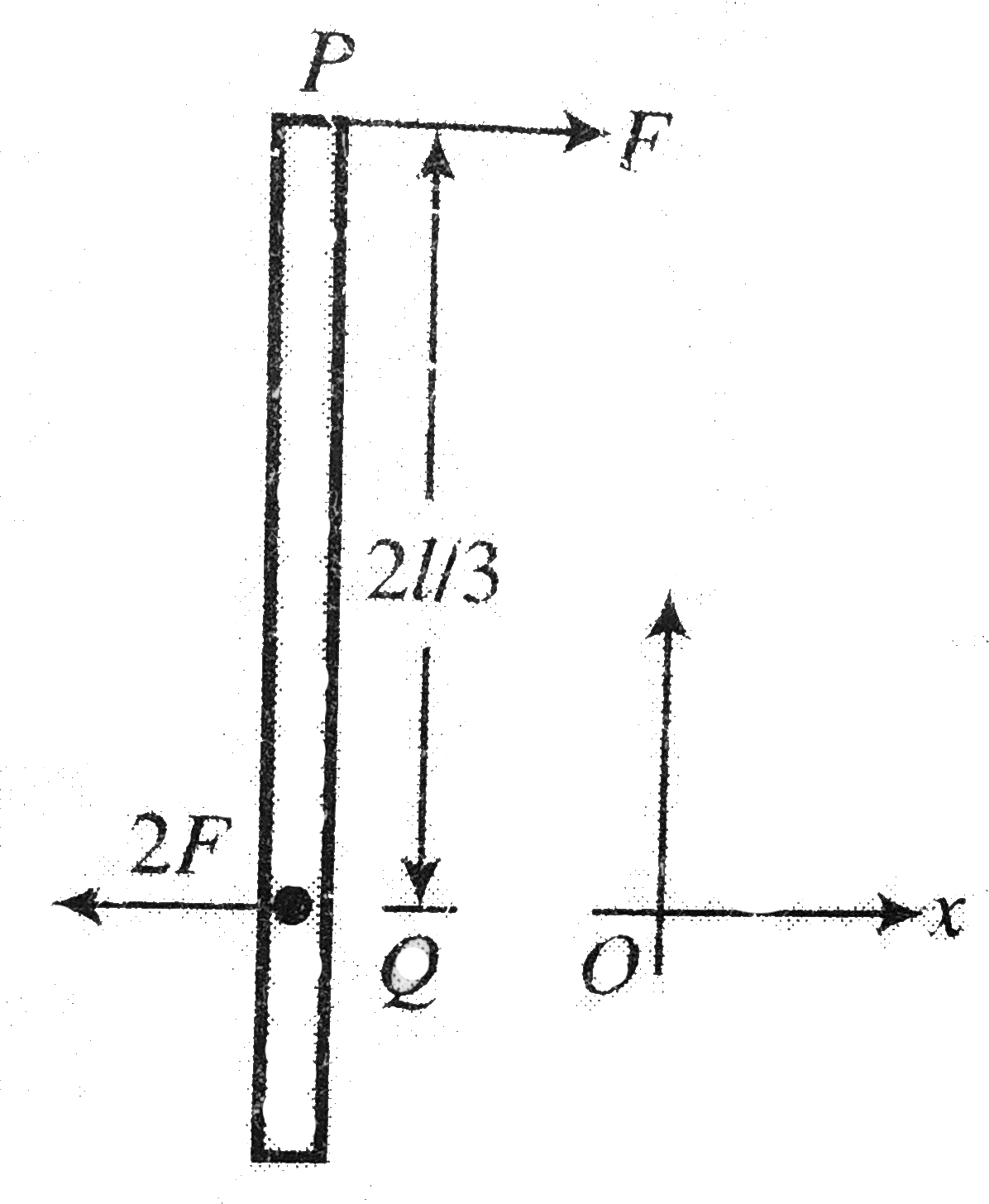The length L (in centimetre) of a copper rod is a linear function of its Celsius temperature C. In an experiment, if L = 124.942 when C = 20 and L= 125.134 when C = 110 , express L in terms of C.
In the form (C,L), two points lying on the line are (20,124.942) and (110,125.134).
∴ Equation of required line is,
L−124.942=125.134−124.942110−20(C−20)
L=0.19290(C−20)+124.942
Topper's Solved these Questions
- STRAIGHT LINESBOOK - NAGEEN PRAKASHAN ENGLISHCHAPTER - STRAIGHT LINESEXERCISE - Exercise
207 Videos
- STATISTICSBOOK - NAGEEN PRAKASHAN ENGLISHCHAPTER - STATISTICSEXERCISE - MISCELLANEOUS EXERCISE
7 Videos
- TRIGNOMETRIC FUNCTIONSBOOK - NAGEEN PRAKASHAN ENGLISHCHAPTER - TRIGNOMETRIC FUNCTIONSEXERCISE - MISCELLANEOUS EXERCISE
10 Videos
Similar Questions
Knowledge Check
The L.C.M. of 30 and 45 is
A15B30C45D90
A thin rod, length L0 at 0∘C and coefficient of linear expansion α has its two ends mintained at temperatures θ1 and θ2 respectively Find its new length .
View SolutionA steel scale measures the length of a copper rod as l0 when both are at 20∘C, which is the calibration temperature for the scale . The scale reading when both are at 40∘C, is :-
View SolutionWhen a capacitor is charged then
lc= conduction current ld = displacembet current)
View SolutionA rod of length L is placed along the X-axis between x=0andx=L. The linear density (mass/length) ρ of the rod varies with the distance x from the origin as ρ=a+bx. a.) Find the SI units of a and b b.) Find the mass of the rod in terms of a,b, and L.
View SolutionThe total surface area of a cone of radius r2 and length 2l, is a)2πr(l+r)b)πr(l+r4) c)πr(l+r) d)2πrl
View SolutionThe co-efficient of thermal expansion of a rod is temperature dependent and is given by the formula α=aT, where a is a positive constant at T in∘C. if the length of the rod is l at temperature 0∘C, then the temperature at which the length will be 2l is
View SolutionFind aC and α of the smooth rod of mass m and length l.

View Solution
